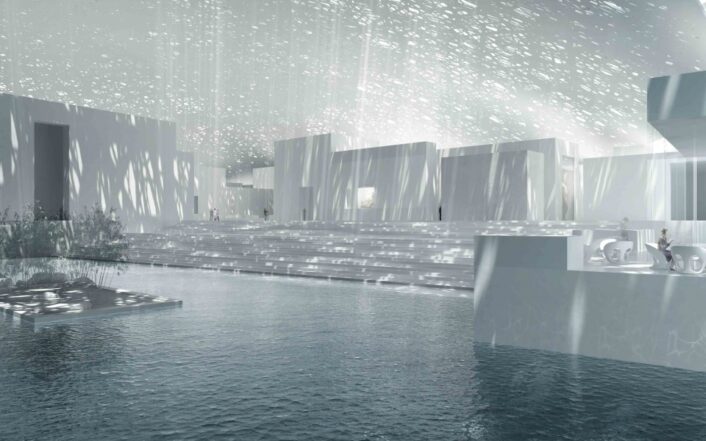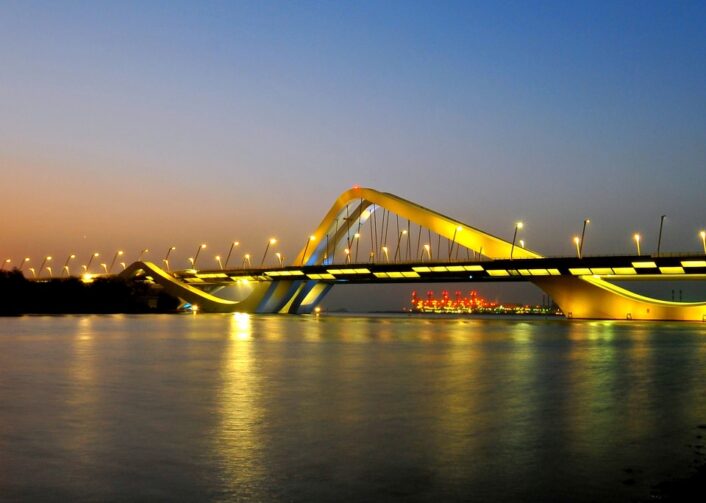Architecture
Finally open… years in the making!
In 2007, the governments of France and the United Arab Emirates signed an agreement to bring a “satellite” Louvre to Abu Dhabi. Intending to open this ambitious project by 2012, it was delayed for 5 years due to a series of exterminating circumstances. With the global economy’s demise in 2008, the opening was pushed back several times. Last month, after expenditures surpassed the original amount by more than $650 million, the Louvre Abu Dhabi finally opened.
Designed by the notorious French architect, Jean Nouvel, this museum is just one of several cultural institutions planing to open on Saadiyat Island. Among others, a Guggenheim museum designed by Frank Gehry, a Zaha Hadid designed performing arts center and Tadao Ando’s maritime museum.
The intention is to make Saadiyat Island a cultural mecca, one unlike anything seen in that part of the world. Specifically, the Louvre Abu Dhabi is comprised of 23 galleries which house a permanent collection of more than 600 pieces.
There’s a global focus at the museum, a thought that’s extremely important in today’s international world. As such, American conceptual artist, Jenny Holzer, was asked to engrave three monumental marble walls. On one wall, there’s text from the Arab historian, Ibn Khaldun; another is a Mesopotamian tablet and the third is from the French Renaissance philosopher, Michel de Montaigne.
The museum has, on loan, pieces from 13 leading cultural institutions… again cementing the collaboration between United Arab Emirates and France.
This impressive 23 gallery “museum city” is modeled, appropriately enough, after a traditional medina. It sits under a low silver dome roughly 600 feet in diameter. The room is comprised of 8,000 stars, all different. These stars are oriented so that light is able to filter into the interiors and form beautiful shadows inside.
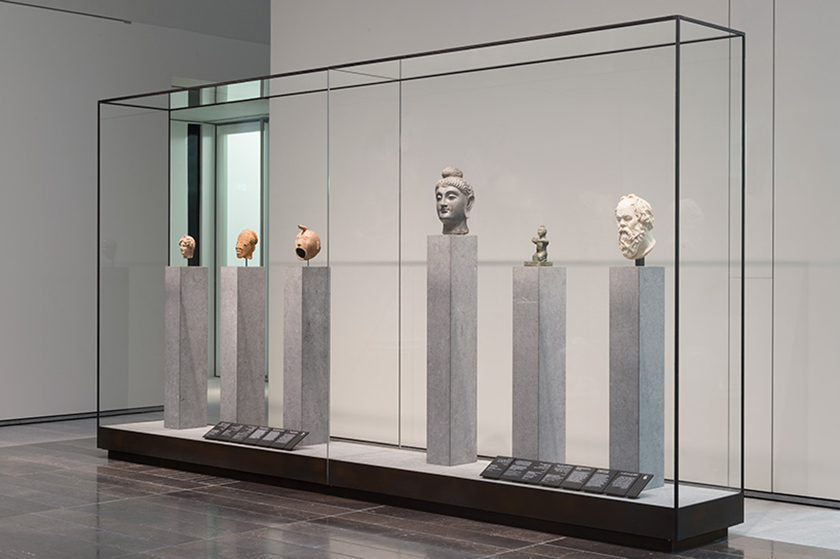
An exhibit view from Gallery 3 called, “Civilizations and Empires.” Image courtesy of Design Boom, photographed by Marc Domage.
What we especially enjoy about the Louvre Abu Dhabi is its chronological organization rather than geographical organization. For instance, ancient objects from early civilizations are grouped together whether they’re from Egypt, Central Asia or Europe. The idea behind this way of organization is to show connections between people in different locations throughout the world.
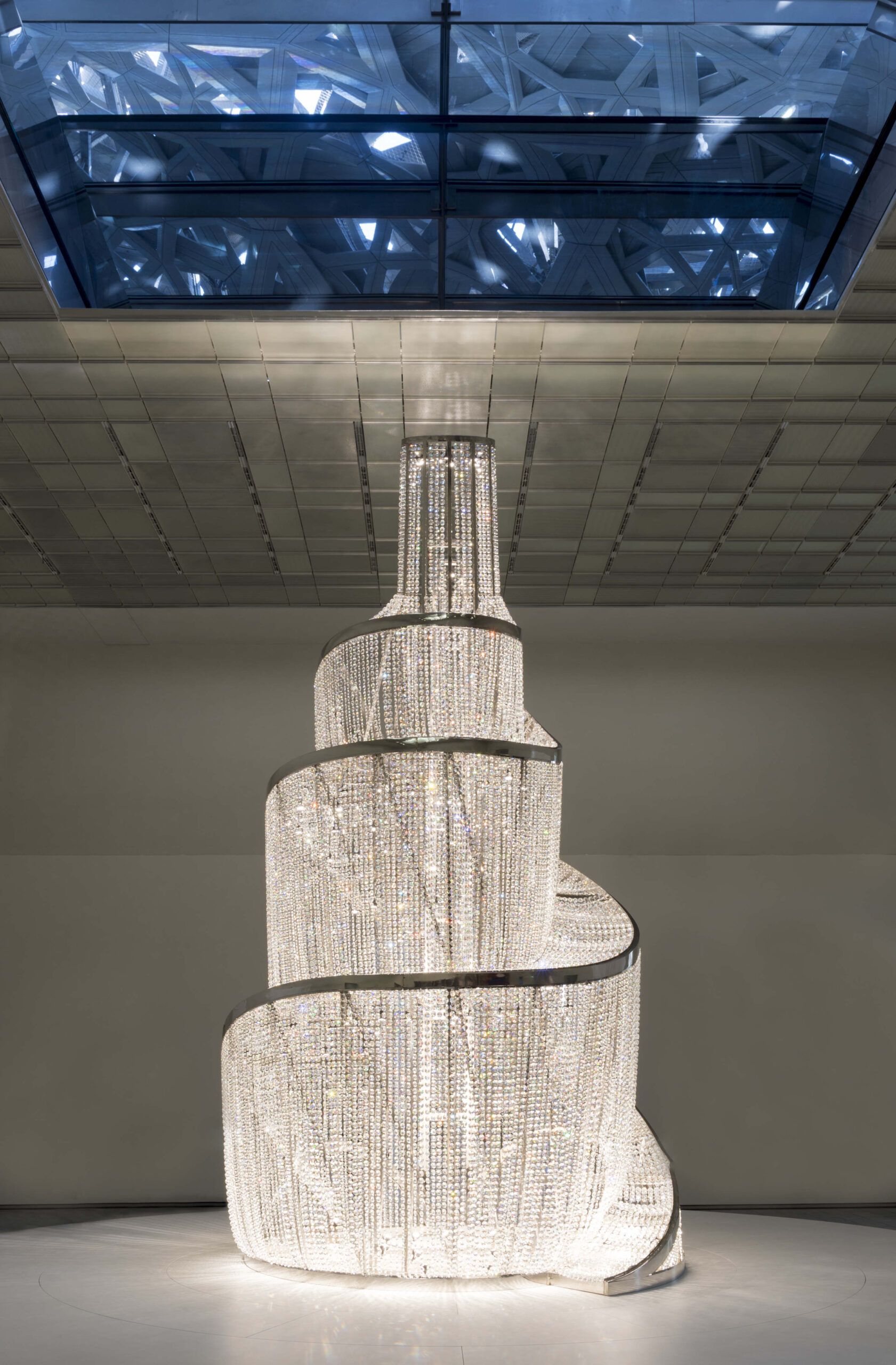
Ai Weiwei, Fountain of Light, 2016. Image courtesy of Lonely Planet, photographed by Marc Domage.
There are many long-term loans from the Louvre in Paris, as well as 12 other French national museums. Among the more than 600 pieces on display, a Grecian sphinx from the sixth century BC, various Picasso works, and an amazing contemporary Ai Weiwei sculpture.
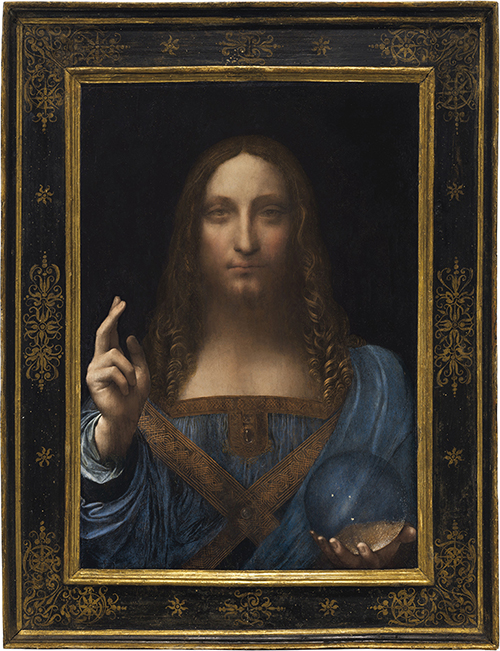
Leonardo da Vinci, Salvator Mundi, circa 1500. Oil on panel, 25 7/8″ H x 18″ W. Image courtesy of Wikipedia.
Earlier this month an extremely fascinating acquisition was revealed — On November 15, 2017, Crown Prince Mohammed bin Salman of Saudi Arabia was the record-breaking purchaser of Leonardo da Vinci’s Salvator Mundi auctioned at Christie’s [Lot 9 B].
Bidding through a family member, Crown Prince Mohammed set a record price of $450.3 million. Bloomberg later confirmed reports of the controversial painting’s plans to be included at the Louvre Abu Dhabi.
In addition to the magnificent architecture and thoughtful curation, Salvator Mundi will surely draw crowds to the Louvre Abu Dhabi!
